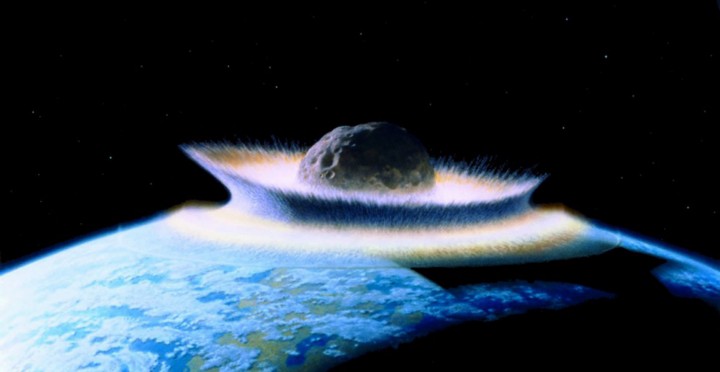 ur planet was quite different 66 million years ago, a time when it was inhabited by creatures that are bigger than the homes we live in today. It amazes me to know that our planet had been hit by such a big asteroid and yet the chances of this happening were very slim based on the size of the universe. Although, based on statistical analysis, our Earth was hit every 250 to 730 million years by a huge asteroid, wiping whatever existed then.
ur planet was quite different 66 million years ago, a time when it was inhabited by creatures that are bigger than the homes we live in today. It amazes me to know that our planet had been hit by such a big asteroid and yet the chances of this happening were very slim based on the size of the universe. Although, based on statistical analysis, our Earth was hit every 250 to 730 million years by a huge asteroid, wiping whatever existed then.
The most recent named Chicxulub impactor had made sure to once again wipe everything, but scientists did find some interesting facts that occurred before and after impact.
1. The asteroid was visible to the naked eye 60 hours before impact
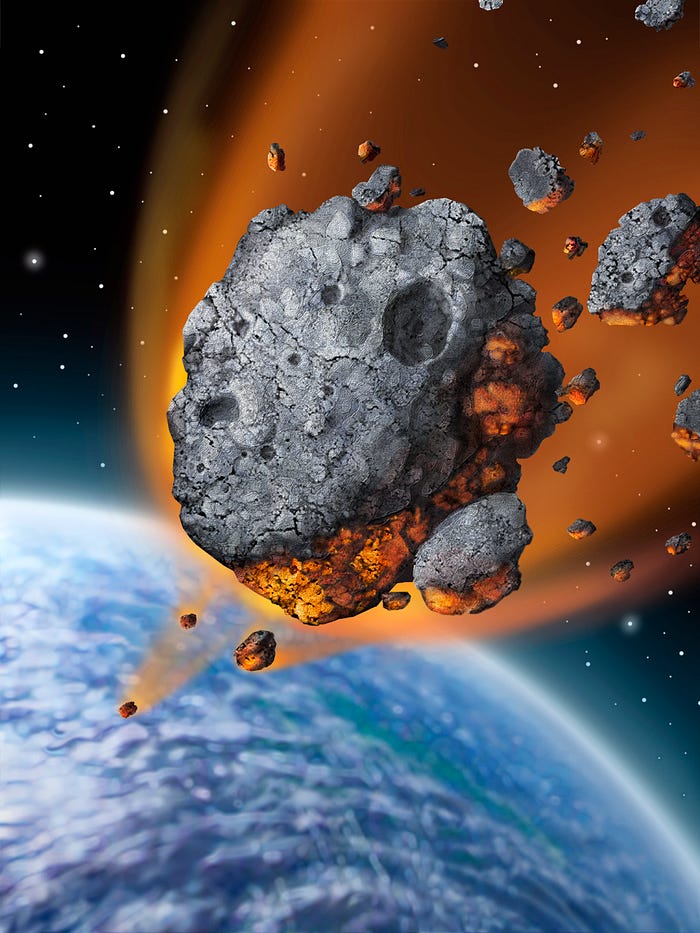
Based on the large size of the asteroid with a radius of 5km based on the crater that had been created after impact, the asteroid was easy to spot even 3 days before the impact. The asteroid was coming towards earth with a speed of 83,340 Kilometers per hour (52,000 MPH). It is said that the creatures on Earth were feeling the asteroid coming due to their animalistic sense and probably due to the kinetic energy produced when it entered our galaxy.
2. 70% of the Forests around the world have been burned from the impact
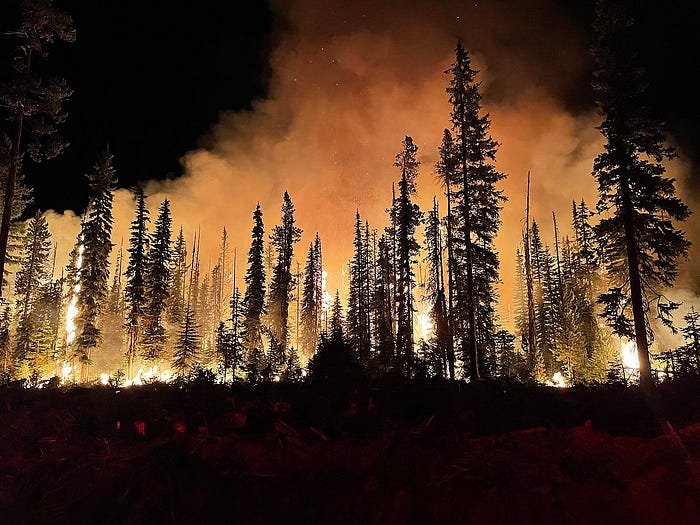
The impact was so powerful that it produced fires all around the world. Due to the high vegetation present at the time, the forests were very large and interconnected, therefore it was easy for them to burn. The large wind-wave created by the impact destroyed Earth’s atmosphere, making it difficult for forest fires to stop. It is said that the forests burned relatively quickly and that a number of dinosaurs have died due to the firest, those that were on the other side of the Earth (far from the impact).
A big ash smoke that was produced from so much vegetation being burned had surrounded Earth’s atmosphere into an ash cloud which was blocking the sun rays. According to geologist Clay Tabor and his colleagues from the University of Connecticut, this had led to a major event that cooled the earth, causing a possible Ice Age around the same time.
3. The asteroid created a 33 KM deep crater
The impact took place on the western hemisphere of Earth or better known as the occidental hemisphere, somewhere near the Yucatan peninsula. Giving a very specific number to the power of the impact would be too mathematical but in order to get an understanding, the impact was one billion times more powerful than the nuclear bomb launched on Hiroshima.
Based on the size of the crater most people would say that the impact was not that big, and this is because the devastation was not provoked exactly by the creation of the crater, nor by the destruction of the asteroid on impact, but by all the kinetic energy that had been transferred upon impact.
4. Earth’s ecosystem was completely destroyed
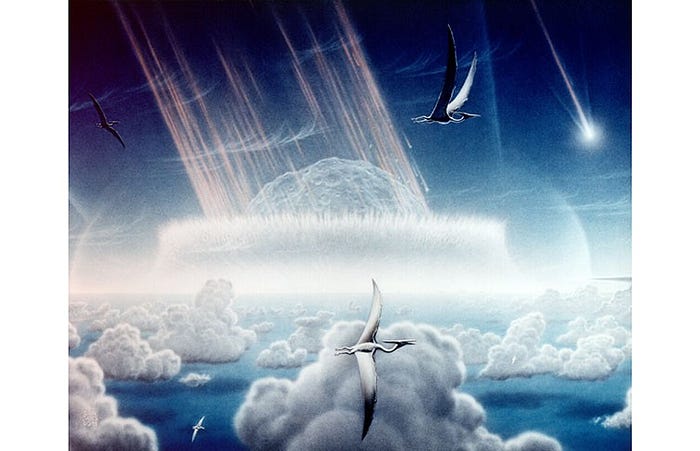
On impact, the first stage of the devastation was an air explosion that reached speeds of 1,000 Kilometers per hour (600 Mph). This is what killed most of the creatures of the planet, experts estimate that 80% of the creatures had been killed upon this impact that occurred very quickly. We are talking about the whole planet being wiped out in a matter of hours.
With the 20% of the creatures that have somehow managed to survive the impact, they were already destined to be extinct as there were no sources of food. The first to go were the herbivores that were not left with much vegetation to feast on and sadly died of hunger. This affected the carnivorous creatures that were also left with an undersupply of food which soon lead to starvation.
5. It rained with Tektite after the impact
First of all, I must define what tektite is. They are bodies composed of black, green, brown, or gray natural glass formed from terrestrial debris ejected during meteorite impacts. The term was coined by Austrian geologist Franz Eduard Suess (1867–1941). Upon impact, all the earth that had been blown away by the asteroid went up into the sky where it quickly got cooled down, making it rain with tektite all over the planet.
When the asteroid entered Earth’s atmosphere it started heating up due to the air drag and when it hit the Earth it melted all the ground within and around the area of impact. When the melted ground went up into the sky, it quickly cooled down transforming into a sort of glass-like compound.
6. The Impact of the asteroid provoked volcanic eruptions all over Earth
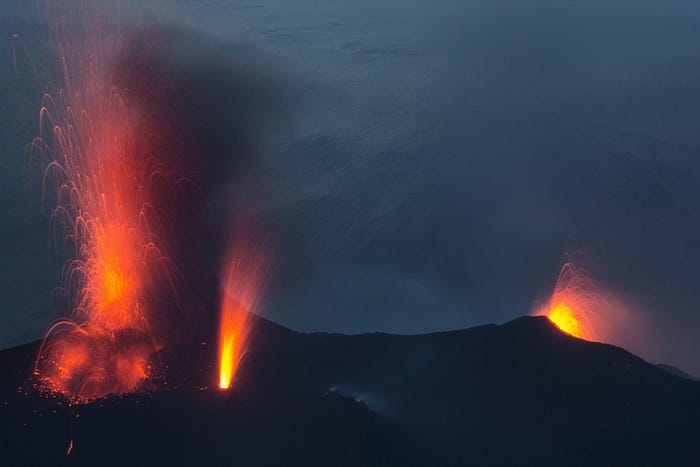
Some experts have suggested that the volcanic eruptions were actually what killed most of the dinosaurs, but in fact, it was a combination of all the things that were provoked by the impact of the asteroid including the explosion. Due to the huge transfer of thermal and kinetic energy upon impact, Earth’s core became unstable, making a lot of big volcanos around our Earth erupt.
7. 0.1% of those creatures may have survived
Experts within the field consider that something must have survived if we are present on Earth. If everything would have been wiped out, we would not be here. Most of the flying creatures from the time may have survived the impact, but only a few managed to make it due to the lack of food. Also, there is a possibility that a lot of ambitious creatures such as frogs or lizards have survived the impact whilst being in the water.
Some say that big amphibious creatures may have also survived by hiding in the depths of the Ocean and they may still be present there even today. It is important to remember that 80% of the water bodies on Earth are still not examined.
Avid Writer with invaluable knowledge of Humanity!
Upcoming historian with over 30 million views online.
“You make your own life.”

